You are browsing camaro6 

|
|
#15 |
    Drives: 2017 Camaro 2LT RS 3.6L Join Date: Mar 2016
Location: Orange Park, Florida
Posts: 1,313
|
I have faith in the engine, not the A8. I’m hoping with me taking good care of the car, I can get 150,000 miles out of it at least.
|
|
|

|
|
|
#16 |
 Drives: 2K17 Camaro RS Join Date: Jan 2019
Location: Tampa
Posts: 17
|
only the valve seals have started leaking on mine.
I've had the trans shudder once, but ongoing issues are due to dealer negligence. (dealer didn't tighten the trans oil cap.) Other than that, it's been a solid car. |
|
|

|
|
|
#17 |
   Drives: 2016 V6 RS Camaro 6MT Join Date: Aug 2015
Location: Portland, OR
Posts: 1,102
|
I know that this is a few months old. The RS with a M6 is a great car with the same rear end as an SS (with a LSD dif. Don’t think the autos have the same rear end). You will miss out on the torque though. Basically the same performance as a G37.
I too have the coolant sensor issue. GM really needs to address this problem. I still only have 27,000 miles on mine. Lot of fun above 4000 RPMs. What I always say for my life style and city living. It’s fast enough and fun enough for a daily driver. I haven’t got a ticket yet. Handles great. Regular fuel. All season performance tires work well. (The car will cruise at 130 mph with zero complaints.) Edit: I’ll eventually get a C8 Vette. But, this car has treated me well for over 4 years now.
__________________
Summit White 2LT RS V6 ZN2 NPP m6 khalihari interior. Order placed 9/26/15 - Picked up 12/17/15!
 Last edited by GTIanZ28; 07-13-2020 at 05:59 AM. |
|
|

|
|
|
#18 |
 Drives: 2018 1LS 1LE Join Date: Jun 2017
Location: Massachusetts
Posts: 162
|
45k miles on mine. No issues yet. Fingers crossed it keeps that way!
Have done: Diff fluid at 1.6k Rear pads and rotors at 29k Regular oil and air filter changes Soon: Diff fluid Trans fluid Front pads and rotors Brake fluid
__________________
2018 Garnet Red 1LS 1LE V6 w/Tech
1100 - 07/26/2017 | 4300 - 09/15/2017 at rail yard 3000 - 08/16/2017 | 4200 - 09/18/2017 shipped! 3100 - 08/19/2017 TPW 09/11/2017 | 4800 - 09/20/2017 train journey done 3400 - 08/25/2017 | 5000 - 09/22/2017 at the dealer, and picked up! 4300 - 09/12/2017 Built! VIN available 4B00 - 09/14/2017 move to rail yard |
|
|

|
|
|
#19 |
|
Monterey County Camaros
|
I'm at 73,000 miles on the 2016 and so far the only problem was two of the "valve lifter oil control solenoid valves" going out on a 500-mile drive to Vegas at around 70,000 miles. Everything else is good (knock on wood).
Regular oil changes, tire rotations and inspections are a must for any car.
__________________
|
|
|

|
|
|
#20 |
         Drives: 2016 Camaro 1LT Join Date: Jan 2016
Location: California
Posts: 3,491
|
seems like regardless of engine, if your car is older than 2019, you should really change the transmission fluid whether it's shuddering or not.
it's a fluid issue, not a manufacturing variance. Not a matter of if but a matter of when unless you live in some really dry climate. and the longer you let it live with shudder, the more likely you permanently damage the torque convertor. I honestly dont know how they are managing to avoid doing a mandatory recall on all 8l45 and 8l90 transmissions made before 2nd quarter 2019 for a full fluid flush. |
|
|

|
|
|
#21 | |
 Drives: 2020 Camaro RS Join Date: Oct 2019
Location: S.E. Georgia
Posts: 125
|
Quote:
"A recall is issued when a manufacturer or NHTSA determines that a vehicle, equipment, car seat, or tire creates an unreasonable safety risk or fails to meet minimum safety standards." Unless the shudder issue is determined to be a safety issue, which currently it is not, no mandatory recall will occur. The other type of mandatory recall available is based on EPA (environmental safety, if you will), think Volkswagen Dieselgate. However, the shudder issue doesn't fall in that category either. Currently this would/could only fall under a "Voluntary" recall by the manufacturer. We all know that's not very likely. JMHO No expertise implied or expressed
__________________
RWT
2020 Camaro RS, V6, 6MT, Satin Steel 2020 Silverado, 5.3L CC, RST, Z71, Shadow Gray 2019 Equinox LS, 1.5L Turbo, Nightfall Gray Metallic |
|
|
|

|
|
|
#22 |
     Drives: 2010 Camaro Join Date: Nov 2009
Location: Denver
Posts: 1,381
|
Hey all, figured we would share what we have found since these engines were released for the 2016 model year shares nothing in common with the previous GDI V6's the LLT and LFX other than bore and stroke.
Here are the main changes that have a direct effect on the engines longevity due to wear that the previous 2 versions suffered from, but could still be cared for to last. Intake valve coking (remember the industry, especially GM and Ford claimed there was no issues?) being the most obvious. So automakers have been trying different approaches to combating this. From all of them improving internal oil separation (which also retains the damage and wear causing combustion by-products and other contaminants where in the past they were evacuated to remove them) to hybrid GDI with small port injectors added (helps slightly reduce formation but increases KR so not a good trade off), to GM with this engine deleted the "positive" function of the PCV system. Meaning NO intake manifold vacuum us used, only Venturi generated suction when at WOT or high RPM's. So most of the time NO evacuation takes place, pressure is allowed to build and then vent through the valley PCV tube into the area upstream of the throttle body. So most of the contaminants are now left in the crankcase to mix with the engine oil and overwhelming its ability to properly protect. Add in the raw fuel that is pushed past the rings as the injectors introduce it at 1,000-3,000 PSI and your engine oil has never been under this much assault. So, we can look at the intake valves at 60k miles and we see it is still pretty severe. It is approximately 1/2 of what the LLT and LFX would have at comparable miles: 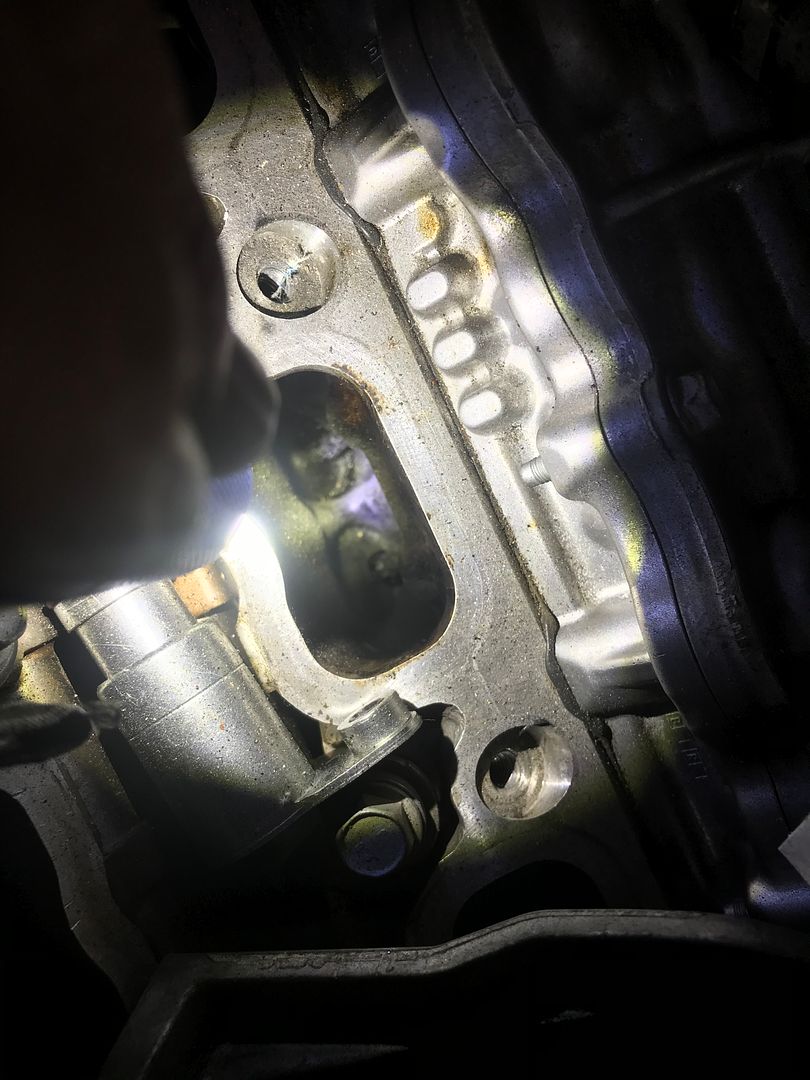 And the most common failure on these is now broken ringlands from LSPI as the crankcase remains filled with fuel vapors and oil vapors that when mixed and pushed behind the compression ring can ignite and the resulting explosion breaks the ringland or in worst cases the side of the piston as seen below: 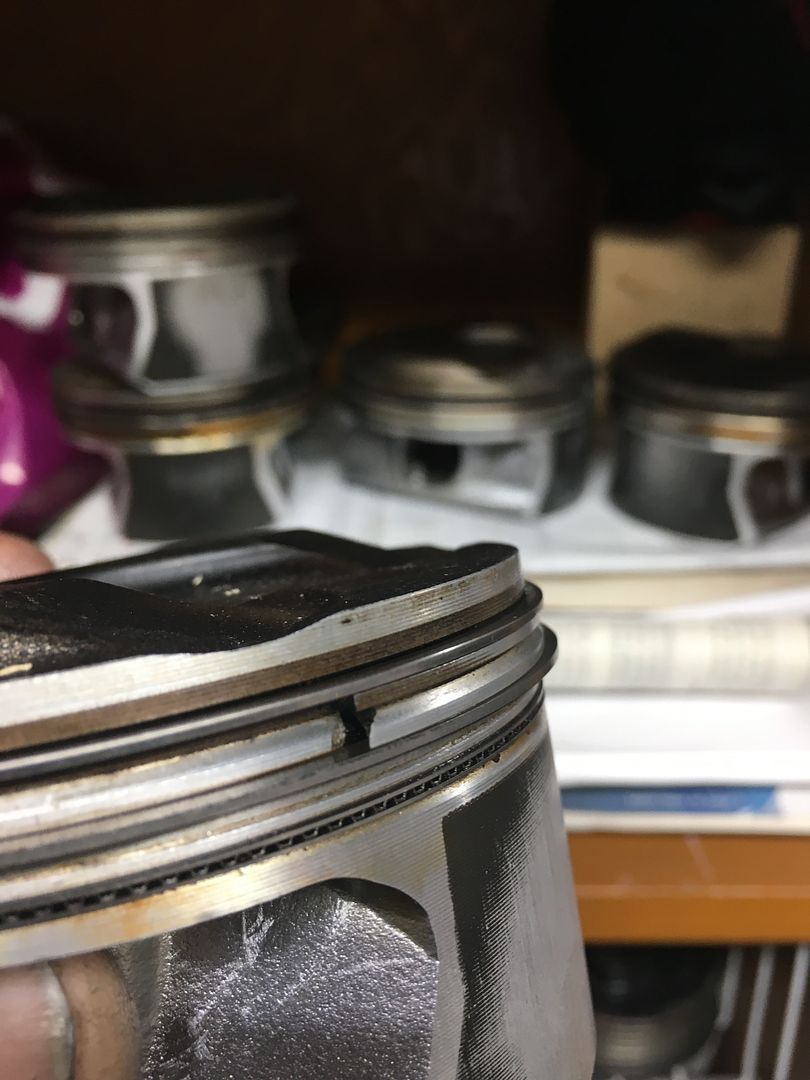 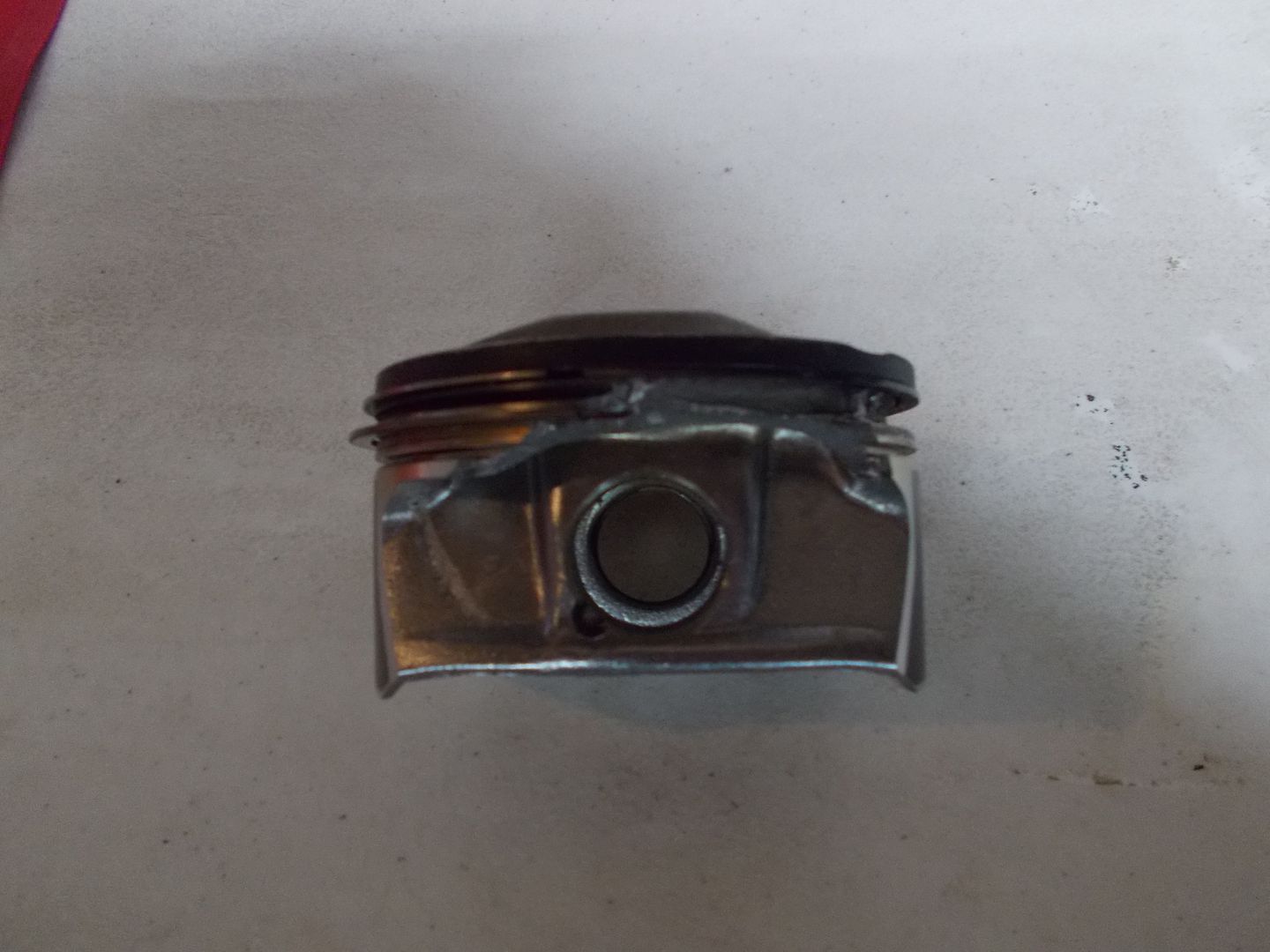 So, here are the steps that have had an impact on getting a trouble free long life out of these: ONLY use a good full synthetic oil. I prefer Amsoil 5w50 signature series, but M1 in a 0w50 or 15w50 in warm climates. If NOT running our catchcan system designed for these engines (E2-X system), then changing oil every 4-5k miles or sooner will make a difference. If running our Patented design system, as we convert to full time evacuation and trap 95% of the contaminants that enter it, oil can go 15-20k miles and be in as good or better condition as w/out at 5k miles as this oil analysis shows: (note, this is a very similar engine but with twin turbos making over 20# of boost so it has even MORE contaminants to deal with....read the lab techs comments) 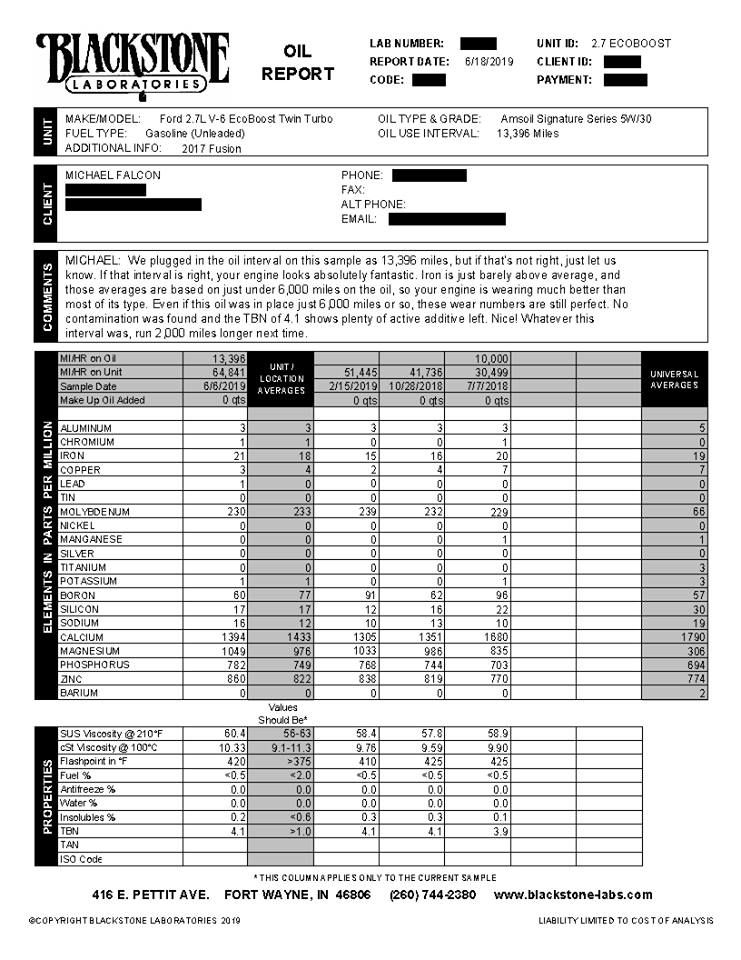 One of the other issues that pops up due to no proper suction on the crankcase so pressure will build is piston ring flutter: 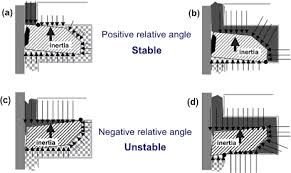 This occurs when the crankcase does not have proper suction on it and rings can enter into a state of rapid vibration. This results in even greater blow-by and less power/efficiency. So, this also contributes to early contamination as more blow-by equals more combustion byproducts. What does our system remove from the crankcase vapors? This shows out of a sample drain after being spun in the centrifuge and analyzed: 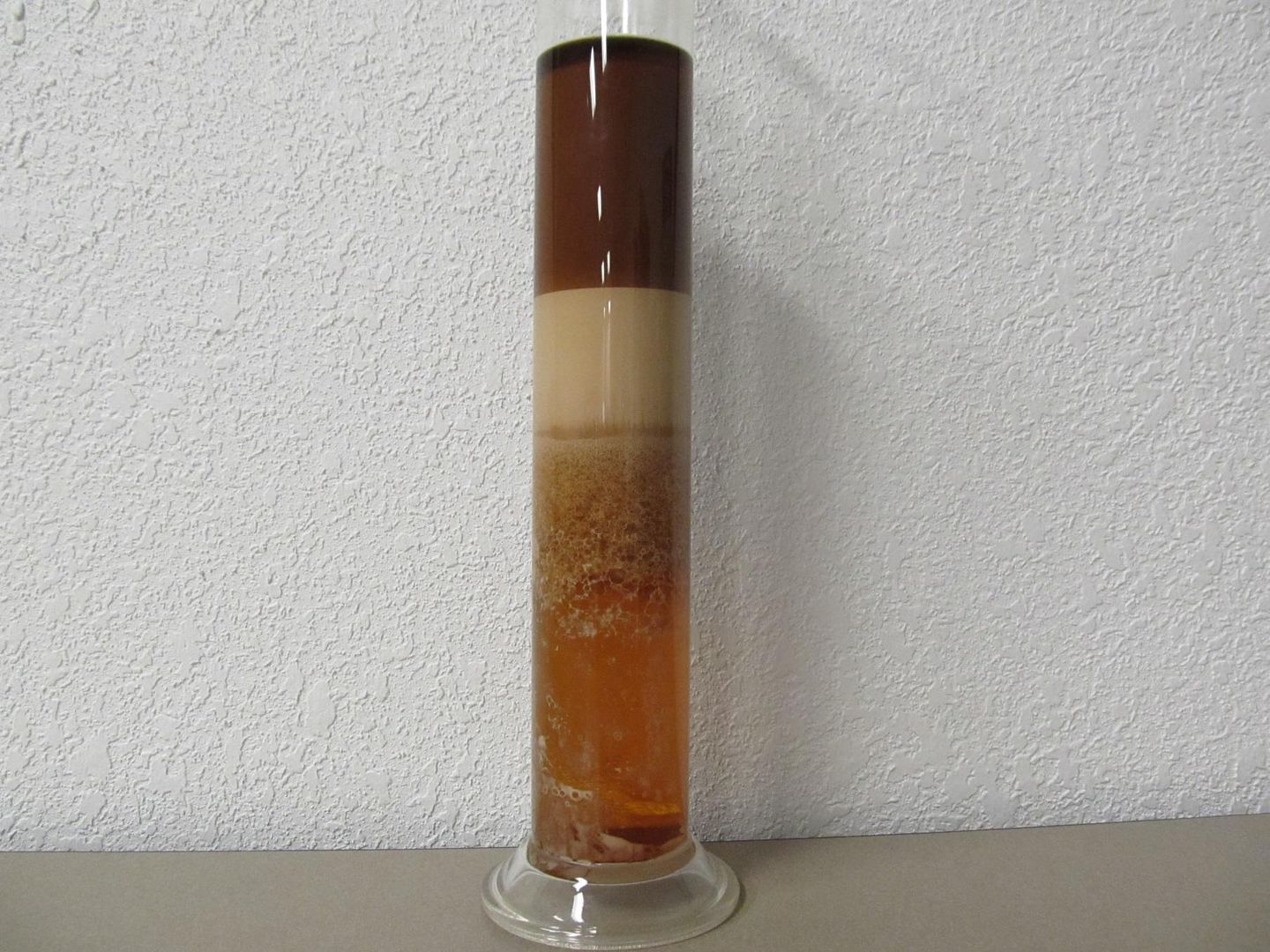 This is what would have not only been left in the crankcase mixing with the oil, bot also ingested as part of the intake air charge and that's never good. It consists of 70% water and acids (sulfuric acid the most prevalent), 23% raw un-burnt fuel (all GDI engines have this issue. In fact 8-12 times as much is pushed past the rings compared to the port injection engines these replaced. And 7% is oil saturated with abrasive particulate matter (soot, ash, carbon). So, your oil has to deal with far more contaminants bombarding it as the past port injection engines. And that increases wear on all internal components. Many may have noticed the engine warranty on the GDI engines is app. 1/2 the miles of the old port injection engines? Automakers are well aware of these issues, but not many will share this. As the average new car buyer will only keep the vehicle 3 years and 50k or less miles, and then trades in on another new one, this shields them from long term liabilities related to warranty. We always recommend 93 octane (or as high as you have in your area) as the compression ratio is 11.5:1 and the ECU will adapt and run more efficiently. And these engines don't benefit from the top tier fuels additives as fuel no longer touches and part of the engine that can benefit. So although I still like Shell, it makes no difference to your engine what brand you use. Take these steps and you can still get good long use out of these engines. And the A8 trans can be saved if not run too long with the shudder with a custom torque converter. Even though most of these engines only have a 50k trouble free life expectancy, vs 100k for past port injection, take the proper steps and you can enjoy good long life, and you will always find some that had early failures (we see more and more in our R&D facility) and some that have gotten 100k plus no matter. Hope this helps! 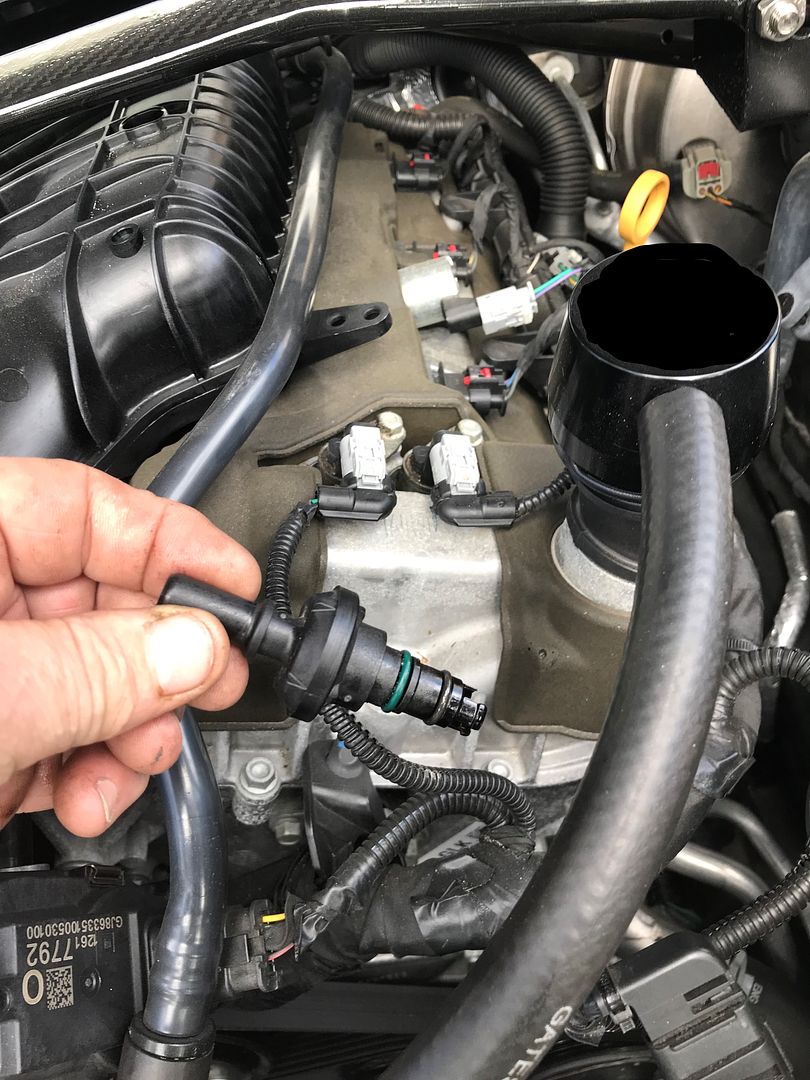 And of course, for any questions email our Tech Support team direct at: Tech@EliteEngineeringUSA.com We do have a video showing the installation step by step. Cheers! One of the biggest issues all automakers have fought that effects all GDI engines is the intake valve coking. There are many ways different automakers are combating this (does anyone remember us stating about these issues years back and GM and others claimed it was not happening?)t |
|
|

|
|
|
#23 |
 Drives: 2018 Camaro RS 3.6 A8 Join Date: Jun 2018
Location: Toronto, Ontario
Posts: 171
|
Premium fuel is a waste of money for the V6, indeed for any engine where it's neither recommnded nor required.
The oil catch can is also a waste of money unless the Camaro is being tracked...unlikely for the V6. If coking was an issue to the extent you're describing, there would be tens of thousands of complaints to GM. And since you have no data that extensive to back up your claims, it's simply your opinion, and a vested interest one at that. Marketing 101: Convince people to buy products they don't need. |
|
|

|
|
|
#24 |
     Drives: 2018 Camaro V6/RS Join Date: Nov 2018
Location: MI
Posts: 1,596
|
I'd be extremely surprised if the LGX was any worse than any other good direct injected motor. My dad had a direct injected 3.8 Genesis with the same compression as the LGX. He runs 87 octane, changes the oil every 6000 miles, and has never ran a catch can. Car has 120,000 miles and runs perfect. Hard to imagine how this motor would be so much worse
|
|
|

|
|
|
#25 | |
 |
I too remain highly skeptical of the "benefits" of a catch can on these particular engines.
As of a month ago at ~50k miles when I was doing something on the throttle body, the intake on mine is still bone dry (and I mean white glove dry and clean). So what exactly is it that is being caught??? I refuse to create a problem to justify a solution, which is what this would be. And as for the obviously efficient factory air/oil separator doing its job and returning things to the crankcase, so change your oil more often. Big deal, at the current price of synthetic oil what is the problem? I change mine (and the filter of course) when the oil life indicator reaches 50%, or when it reaches 4k miles, or when a year has expired, which ever one of those things happens first. I do this on all our vehicles and have had no problems. It is very cheap insurance for the life of any vehicle's engine. How many extra oil changes past what you should be doing anyway can you buy for what an exotic catch can setup costs? Particularly if you do the oil changes yourself. I agree with digitalfutur, it is unlikely that people with V6 cars are going to be running them on race tracks. If they are, well then maybe there would be some benefit, I don't know. Marketing 101 indeed. Wrong audience. You might want to take a look at this-
__________________
Gen6 Camaro LT (my daily driver), Cruze ECO (grocery getter), Chevy SS Pickup (wife's daily driver), Honda Shadow, Honda CBX
Last edited by DIYguy; 08-09-2020 at 12:04 PM. |
|
|
|

|
|
|
#26 | ||
|
CamaroFans.com
|
Quote:
Quote:
|
||
|
|

|
|
|
#27 |
     Drives: 2010 Camaro Join Date: Nov 2009
Location: Denver
Posts: 1,381
|
You ask "what does it catch", we go into great detail what it catches and why, we also show lab tests and actual data. No one else selling cans does, and we gave the OP accurate data on what are the challenges with the LGX, how it differes from the LLT and LFX it replaces, and what effect it has.
The 87 octane yes the engine can run on it without damage, but the ECU will be defaulting to the low octane tables producing less power and less efficiency. We explain why in detail also. We respect if you choose to not take these steps, it's your car, not ours. But to post opinions as an argument to convince members not to do business with the only supporting vendor to provide such data and proof and far more not related to our products is a disservice to all, And Mike Lee, you are a moderator! What in the World are you doing blatantly breaking rules like this? We are more than happy to have a point by point technical discussion with anyone, especially yourself on every aspect of this. You don't even own a V6! So Mile, please lets go over our post point by point and explain technically why any of it is not 100% accurate. We post the sources on each. And the so called "Expert" video is talking about the average "catchcan", which he is correct about. 99% of cathcans on the market trap no more than 15-30% so do little to benefit. Our design is patented and is 95% effective. So, anyone that wishes to discuss without "opinions" and "Assumptions", we welcome it. But the attacks are not called for and are absolutely false. |
|
|

|
|
|
#28 |
         Drives: 2016 Camaro 1LT Join Date: Jan 2016
Location: California
Posts: 3,491
|
I haven't heard much of the piston ring breaking problems with the lgx and usually such issues would be big news on the forum. I can't really find anything about it that isn't Elite's own posts about it. Google doesn't seem to know about the issue either.
I also haven't seen much oil analysis showing the stock system's oil is high in fuel, metals and other harmful contaminants across normal change intervals (i dont consider 4000 miles normal for full synth, but whatever the dash says once you get down into the low single digits for oil life). I haven't seen any lgx's oil analysis that show it being good either. Doesn't seem like anyone with a stock lgx is getting blackstone analysis done and posting scans. There's no doubt that it would be improved if it were cleaner, but there is some doubt that I have that adding a vacuum that ends up potentially being worse than not. Since lets assume the catch can actually does capture 95% of what the system is sucking into the PCV tubes. That's 5% of that stuff that normally wouldn't be in the pcv tube (due to the added vacuum) making its way into your intake then. Which make explain the "severe"ness of the intake valves in the picture despite having the catch can system and while it may be much better than previous engines, there is no comparison being made against a stock lgx at 60k there (which is what would really matter). The stock system doesn't put anything into your intake (for anyone who has a bone dry intake) So if you change your oil based on the dash, does the improvement to the oil outweigh the additional blowby / oil that is now getting into the intake? I dont know. Not a whole lot of data from stock setups and users of elite's setup outside of elite themselves.... they are right though. ..they're pretty much the only people spending any effort on this topic for the lgx. Unfortunately, it's unlikely that will ever change. So buy it, seafoam the car every 6 months and you should be in a much better situation than stock cars. Doesn't really matter if it's necessary. The alternative catch cans aren't much cheaper and some people do get junk in their intakes due to certain environments / uses that favor a messy pcv system, so it doesn't hurt to have something there whether you believe elite or not. |
|
|

|
|
|
|
|
|
Post Reply
|
| Tags |
| lgx, reliability |
| Thread Tools | |
|
|